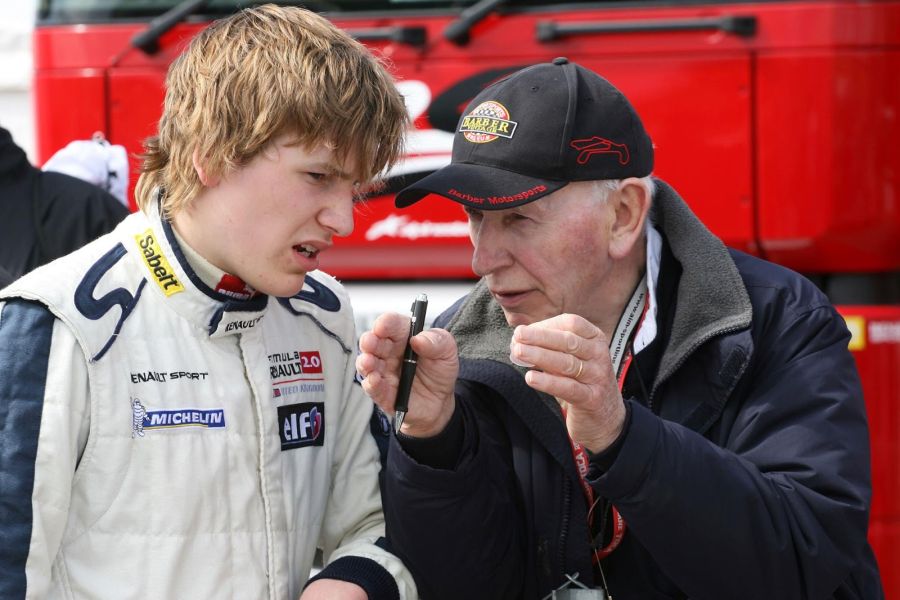The death of Formula 2 driver Henry Surtees in 2009 devastated fans and inspired change within motorsport and Formula 1.
Eighteen-year-old Henry Surtees was close to achieving his dream of reaching Formula 1 before his life was tragically cut short at Brands Hatch in 2009. Following his death, along with a series of increasing accidents led to safety changes within the Formula 1 championship. Changes that are an integral part of the sport today.
Who was Henry Surtees?
Surtees was born and raised in Surrey, England, and made his single-seater debut at the 2006 Ginetta Junior Championship. Finishing third in the championship with three wins and six podiums, Surtees would go on to race in the Formula BMW UK in 2007 alongside Marcus Ericsson. Running for Carlin, Surtees finished sixth with one win and eight podiums.
In 2008, Surtees participated in two races in the British Formula 3 National Class once again with Carlin. Despite his short performance, he impressed spectators as he managed to take one win and two podiums to finish 11th in the standings.
In 2009, Surtees participated in the revived FIA Formula 2 Championship with Motorsport Vision. During a race at Brands Hatch, fellow competitor Jack Clarke hit the wall exiting Westfield Bend. As a result, one of the wheels broke off its tether and bounced back onto the track, striking Surtees in the head. Surtees was rushed to hospital but was pronounced brain dead later on that day.
The Henry Surtees Foundation and Invictus Games Racing announce partnership in the 2019 British GT Championship – https://t.co/DXKJnnS1O5 pic.twitter.com/ESq3vQbaB0
— H Surtees Foundation (@HSF_Foundation) April 5, 2019
Surtees’ Legacy
Surtees’ parents opted for his organs to be donated, subsequently saving five people. A year after his death, the Henry Surtees Foundation was created by his father John. Its aim was to assist victims of accidental brain damage and promote safety within motorsport.
In 2011, the FIA announced that the number of wheel tethers will be doubled to two ahead of the 2011 Formula 1 season. Surtees’ death had influenced their decision, alongside a rise in accidents.
In 2018, the FIA introduced the ‘halo’ for both the Formula 1 and Formula 2 championships. When designing the device, the FIA simulated a scenario in which Surtees raced with the halo. They concluded that Surtees would have been saved. The halo was first deemed successful after it saved Charles Leclerc‘s life during the 2018 Belgian Grand Prix. If you need a refresher you can find the video replay here.
Surtees was a talented driver and it’s no telling what he would’ve achieved. However, his legacy is one that continues to save multiple lives.






